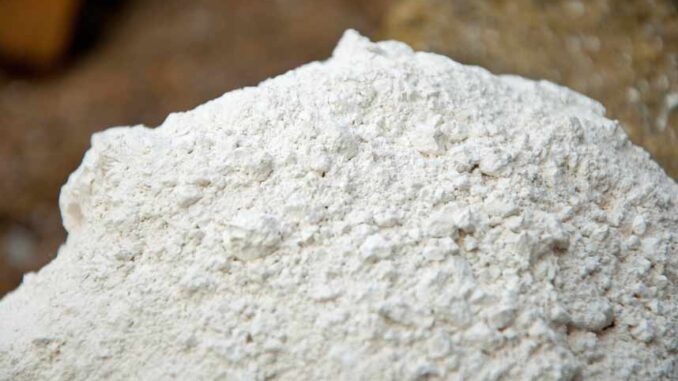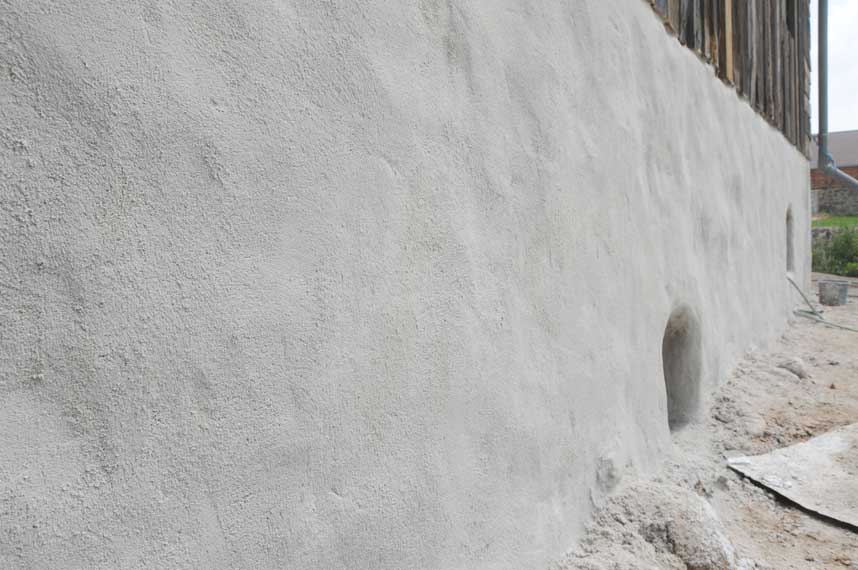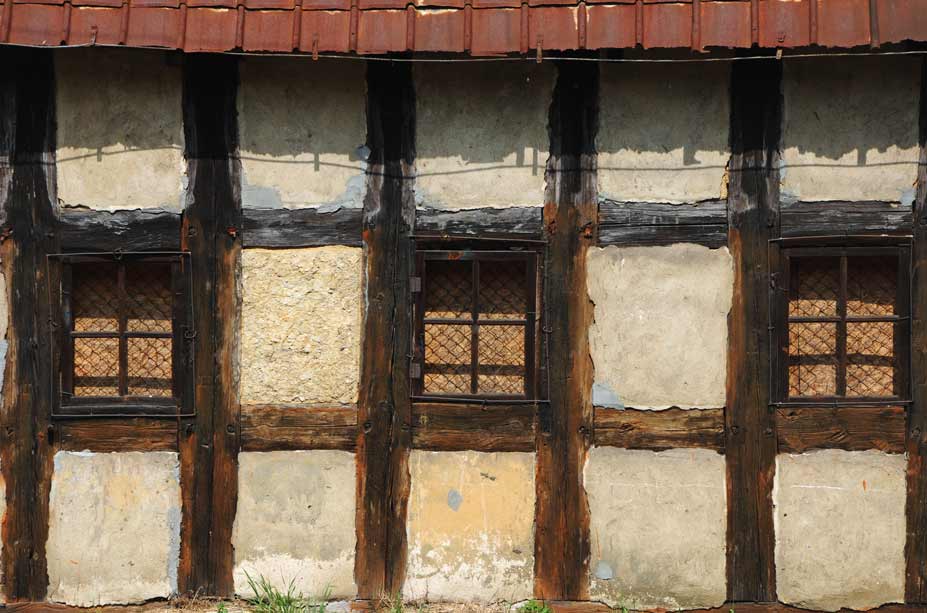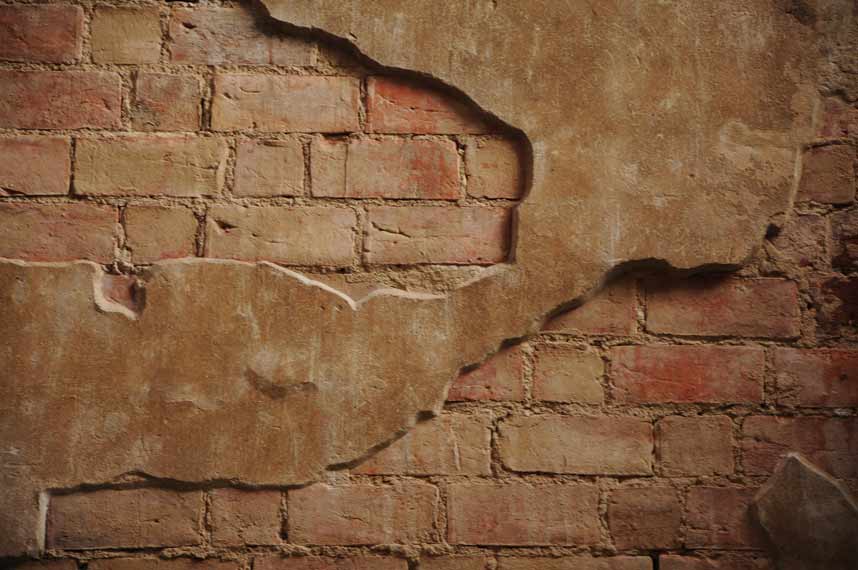
The reaction of carbonation and hydration of lime in lime plaster can be described as follows:
- Hydration: When lime (CaO) is mixed with water (H2O), an exothermic reaction occurs, resulting in calcium hydroxide (Ca(OH)2) or slaked lime. This process is known as hydration. CaO + H2O = Ca(OH)2
- Carbonation: When the slaked lime is exposed to the atmosphere, it reacts with carbon dioxide (CO2) in the air and forms calcium carbonate (CaCO3). This process is known as carbonation and is responsible for the hardening of lime plaster. Ca(OH)2 + CO2 = CaCO3 + H2O


Carbonation plays a crucial role in the durability of lime plaster. Here are some points on how carbonation affects durability:
- Increased Stability: Through carbonation, calcium hydroxide is converted into calcium carbonate, leading to increased stability of the plaster.
- Drying Speed: As carbonation increases, so does the drying speed. However, this can lead to blocking paints increasing the frost risk of the lime mortar.
- Paints: Paints on lime mortar should not overly solidify their surface or seal or block their capillary drying inward. Incorrect, that is, capillary blocking paint systems block the drying and thus the internal carbonation of the lime plaster over its entire lifespan.
The carbonation of lime plaster can be accelerated by various methods:
- Increasing CO2 Concentration: Carbonation can be accelerated by increasing the CO2 concentration in the environment of the plaster.
- Use of Limestone Flour: One method to accelerate carbonation is to pass the CO2 exhaust gas through a limestone flour-water suspension. This converts the CO2 into water-soluble bicarbonate.
- Avoiding Capillary Blocking Paints: Paints that block the capillary drying and thus the internal carbonation of the lime plaster should be avoided.
It is important to note that these processes take time and that the complete carbonation of lime plaster can take several years.
